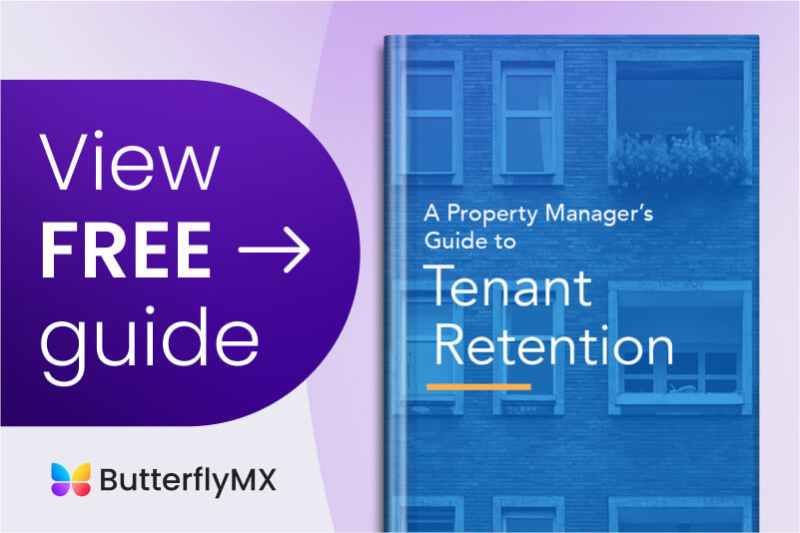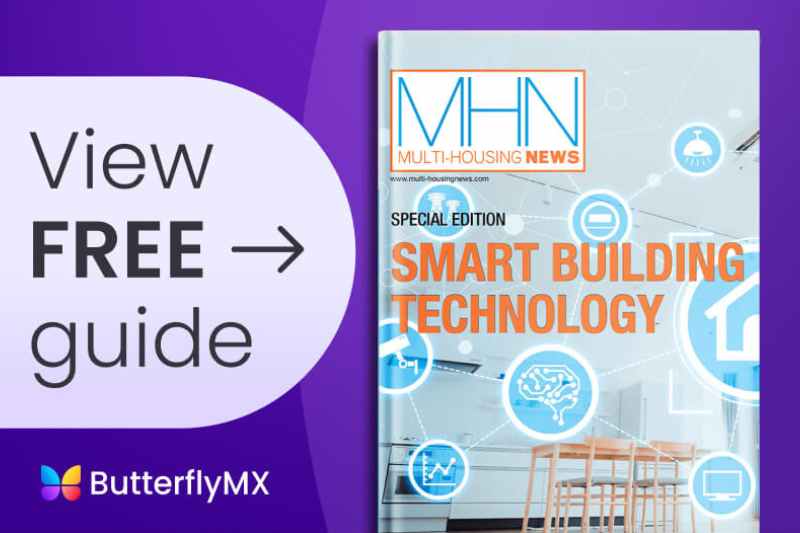
One of the biggest challenges that developers in today’s built environment face is stormwater management. How can you ensure that the tenants in your building are safe from flood damage while keeping the beauty of your property in mind? The answer may be low impact development.
In this post, we go over what low impact development is, explain its benefits, and help you determine if it’s right for you. Then, we share five low impact development techniques that you can try on your next project.
This post covers:
- What is low impact development?
- 3 benefits of low impact development techniques
- Is low impact development right for you?
- 5 low impact development techniques
What is low impact development?
Low impact development (LID) is a way to manage stormwater runoff by using natural processes and greenery, which is more sustainable than other runoff management methods.
Nature deals with stormwater quite efficiently:
- Trees might absorb this water and release it back into the air as part of a process called transpiration.
- Stormwater can be absorbed by the ground, where it joins the water cycle again after being filtered through an underground layer of rocks called an aquifer.
Unfortunately, our built environment interrupts this water cycle. Water that once might have been absorbed by the ground can’t be absorbed by building materials like concrete. As a result, this forces water to run downhill unabsorbed and puts people and properties at increased risk of flooding.
Ever since settling in cities, humanity has been coming up with ways to deal with stormwater runoff. The Harappan civilization pioneered the first underground sewage and sanitary systems thousands of years ago — back in the 26th century BCE — and we’ve been innovating ever since.
We mitigate stormwater with modern runoff measures like:
- Grates
- Gutters
- Sewer systems
- Stormwater ponds
However, runoff management experts are always looking for new, more efficient, and more sustainable ways to manage stormwater runoff.
These days, water scarcity associated with climate change is poised to be a major concern. But with the help of low impact development technologies, we can start looking at stormwater in a new light: as a vital source of water and a crucial link in urban ecosystems.
Watch how ButterflyMX works:
3 benefits of low impact development techniques
Three low impact development benefits include:
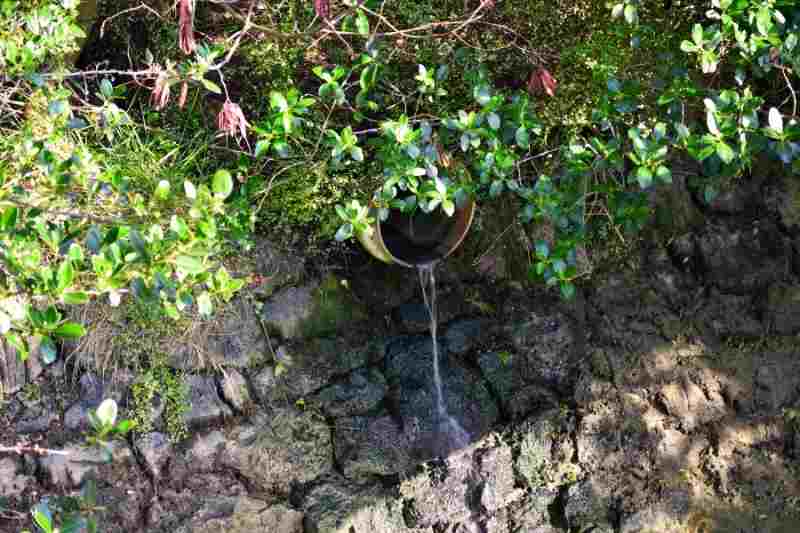
1. More space on your property
Chances are, your properties deal with stormwater runoff by using a stormwater pool called a wet pond. While wet ponds are certainly a valid option, they prevent a significant portion of your property from being used by tenants.
In other words, wet ponds waste space.
So, if you ditch the wet pond, the possibilities for that space are limitless. You can raise the value of your property by adding other features, like a new wing of a building. Or, you can increase your property’s appeal — and increase the effectiveness of low-impact development — by reserving that free space for trees and shrubs that will help manage stormwater runoff.
2. Introducing more nature into the area
The benefits of nature can’t be overstated, especially if you’re developing land in an urban area.
In addition to managing runoff by absorbing water, trees help combat climate change by absorbing CO2 from the air. Their shade is also especially helpful in urban areas, where it combats the ‘heat island’ effect and drops surrounding temperatures by as much as 10 degrees.
Trees also have psychological benefits for residents, like reducing stress. And because they beautify your property, they also end up increasing your property value!
3. Lower infrastructural costs
With low impact development techniques, you’ll spend less money installing and maintaining traditional stormwater management fixtures, like gutters or underground storage tanks.
A property without low impact technology will have to depend on outdated water management techniques that take up a lot of room, like stormwater ponds. Ultimately, low impact development saves you money on maintenance — while freeing up space and creating the potential for more profit.
Is LID low impact development right for you?
While low impact development offers many benefits, it’s not suitable for every property. As such, you should apply low impact development techniques on a case-by-case basis depending on the history and environment of your property and the surrounding area.
First off, the climate of your property isn’t the factor that will decide if LID is right for you. Believe it or not, your land can probably accommodate the types of plants you need for low impact development. For example, you can even find low impact development examples in arid New Mexico, where they’re revitalizing the landscape. This illustrates that it’s sustainable just about anywhere!
That said, LID might be cost-prohibitive for certain properties.
Although low impact development is usually more affordable than traditional techniques, it could be more expensive for properties under certain conditions.
For example, low impact development works best on land with lots of trees and greenery. But if your property has existing utility lines that would be counterproductive to work around, rerouting them to add more plants might be expensive. Complications with your property’s topography or soil might also prevent you from using LID.
To make sure low impact development is right for you, you should get more information about your property. You might want to hire a surveyor or a sustainability consultant to help you form your opinion.
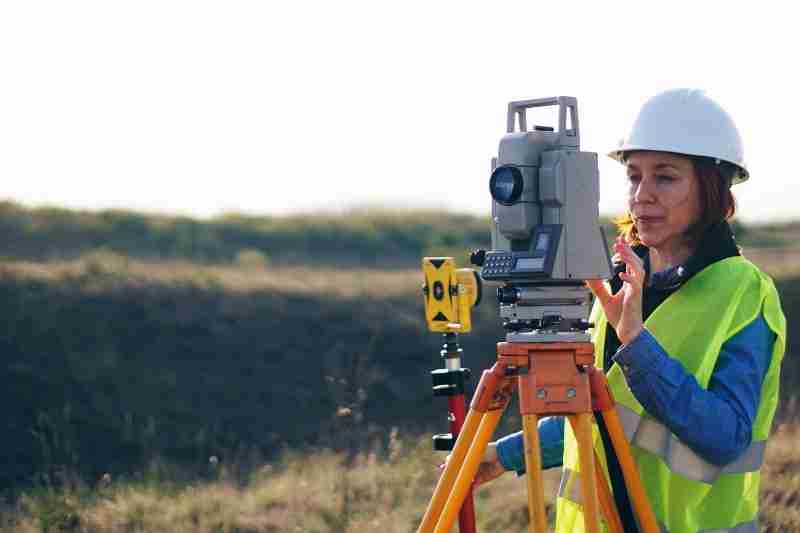
5 low impact development techniques
Five low impact development techniques include:
1. Permeable pavement
Permeable pavement is particularly porous, allowing water to filter through it and replenish the groundwater supply.
Compared to traditional pavement, permeable pavement allows water to drain downwards into the ground directly below it. Permeable pavement reduces the need for water collection systems in downstream places. And, as an added bonus, permeable pavement eliminates puddles of stagnant water!
2. Green roofs
Green roofs are a LID technique that maximizes the amount of usable square footage on your property. By dedicating as much of your property to plants and foliage as possible, you increase your property’s capacity to wick water into the atmosphere and make local water management much more efficient.
But green roofs don’t just help out the environment and give residents a way to connect to nature — sometimes, they’re the law. Some cities, like Toronto, have seen the benefits of more foliage and require new developments to have green roofs.

3. Rainwater catchment
From systems as simple as buckets on the roof to complex underground cisterns, collecting rainwater for your own use is a time-honored — and climate-friendly — tradition.
Just keep in mind that rainwater catchment isn’t as simple as simply setting a bucket out and drinking out of it later! Remember to set up filtration systems to ensure that the rainwater you harvest is safe to use.
And once you’ve set up your filtration systems, you can use the water you’ve collected to reduce your water bills.
4. Rain gardens
Rain gardens are a common low impact development technique.
You can find many types of shrubs and flowers in your average rain garden depending on the ecosystem of the area. For example, a rain garden in a dry climate might contain willows. Meanwhile, in a wetter region, you might plant perennials.
The plants in a rain garden help filter pollutants out of the water before it’s absorbed into the ground. These plants’ roots also strengthen the soil and prevent it from washing away during heavy storms.
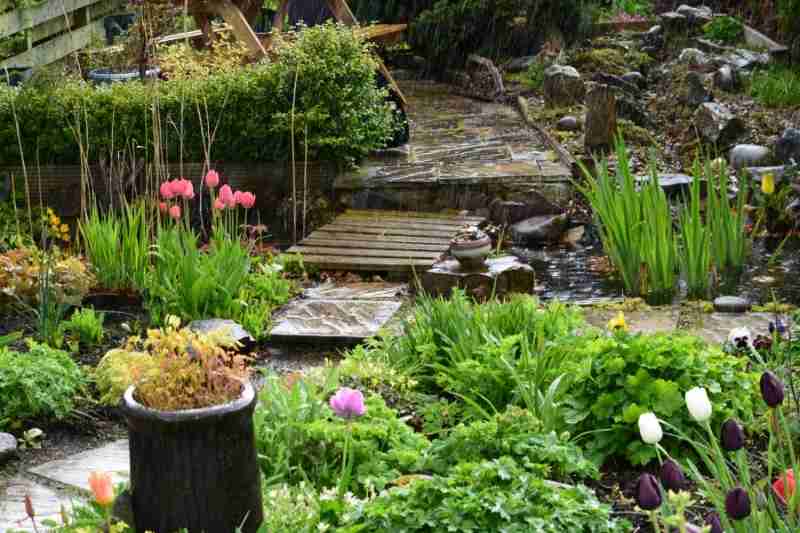
5. Soil amendment
Soil amendment is the process of replenishing the soil with outside materials to make it more receptive to plant growth.
Some examples of soil amendments are:
- Wood chips
- Sawdust
- Grass clippings
While soil amendment helps plants grow, it isn’t necessarily the goal. Amendments also strive to improve the water retention and filtration capabilities of the soil it is mixed with.
Takeaways
- Low impact development is a sustainable and climate-friendly way to manage stormwater runoff.
- Find out if low impact development is right for you by checking the topography and existing utility lines on your property.
- There are many low impact development techniques you can use in different areas of your property, including rain gardens, soil amendment, and permeable pavement.






